Python - Python Assistance
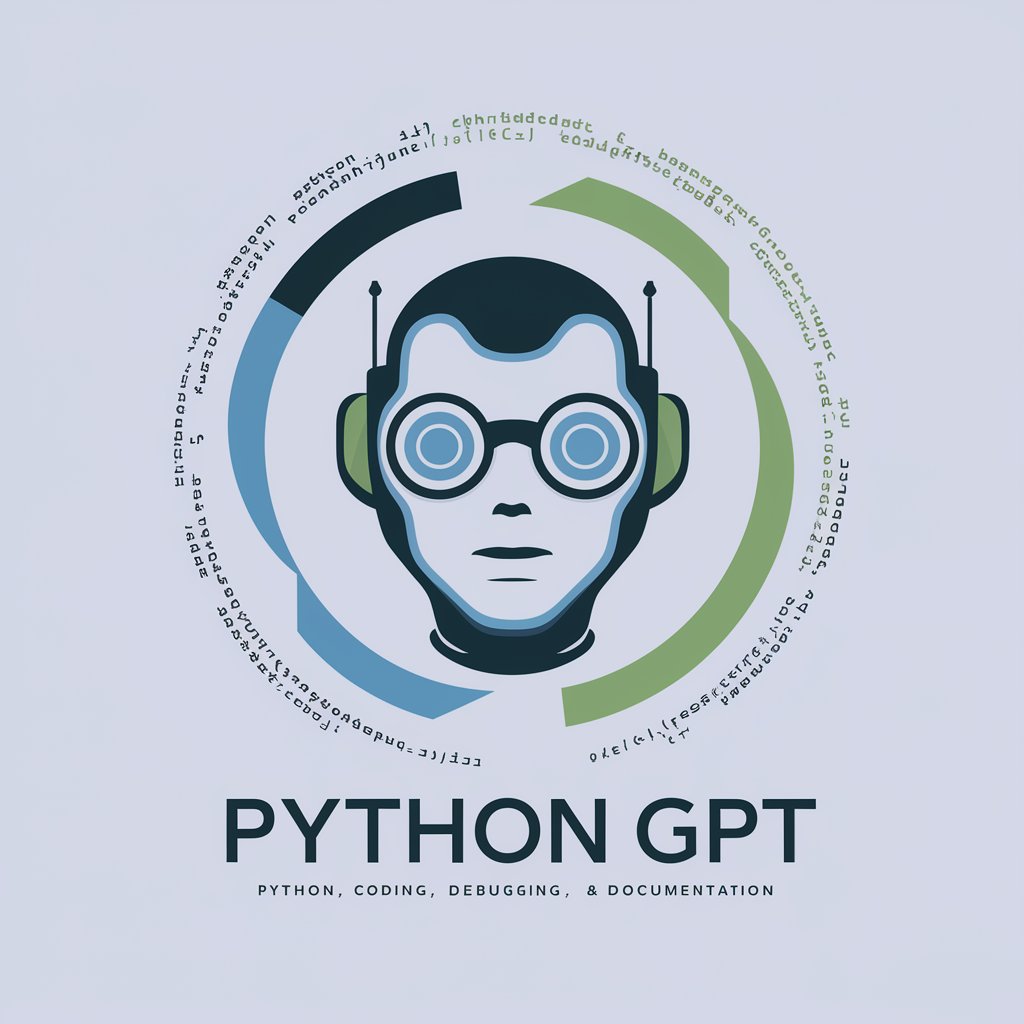
Hello! How can I assist you with your Python code today?
Empowering Development with AI
Write a Python function that calculates...
Debug this Python code to find...
Generate a Python class that manages...
Create a README file for a project that...
Get Embed Code
Introduction to Python Programming Language
Python is a high-level, interpreted programming language known for its clear syntax and readability, making it an excellent choice for beginners and experienced programmers alike. Designed by Guido van Rossum and first released in 1991, Python's philosophy emphasizes code readability and simplicity. It supports multiple programming paradigms, including procedural, object-oriented, and functional programming. Python's comprehensive standard library, dynamic typing, and dynamic binding make it suitable for application development in various domains, from web development to scientific computing. For example, Python is widely used in data analysis, machine learning, automation, and web development, showcasing its versatility and capability to handle diverse programming scenarios. Powered by ChatGPT-4o。

Main Functions Offered by Python
Data Analysis and Visualization
Example
Using libraries like Pandas for data manipulation and Matplotlib for data visualization.
Scenario
Analyzing financial data to identify trends and make investment decisions.
Web Development
Example
Utilizing frameworks like Django or Flask to create dynamic websites and applications.
Scenario
Building a social media platform where users can post, interact, and connect.
Machine Learning and AI
Example
Implementing libraries like scikit-learn for machine learning models or TensorFlow for deep learning projects.
Scenario
Developing a recommendation system for an e-commerce site to suggest products based on user behavior.
Automation and Scripting
Example
Writing scripts to automate repetitive tasks like file management, data entry, or web scraping.
Scenario
Automating the process of gathering and compiling reports from various online sources daily.
Scientific Computing
Example
Employing libraries like NumPy for numerical computations and SciPy for scientific computing.
Scenario
Simulating and analyzing complex physical phenomena for research in physics or engineering.
Ideal Users of Python Services
Developers and Programmers
Individuals and teams looking to develop software applications, websites, or automate tasks. Python's simplicity and vast library ecosystem make it an excellent choice for programming across different domains.
Data Scientists and Analysts
Professionals who require powerful tools for data manipulation, statistical analysis, and visualization. Python's data science libraries provide robust solutions for data-driven decision-making processes.
Educators and Students
Teachers introducing programming concepts and students learning to code. Python's straightforward syntax and readability make it an accessible and effective educational tool.
Research Scientists and Engineers
Individuals in scientific research, engineering, and mathematics. Python's capabilities in numerical and scientific computing support complex calculations and simulations necessary in these fields.
Tech Entrepreneurs and Startups
Innovators seeking to rapidly develop and deploy digital products. Python's versatility and the efficiency of development enable quick prototyping and iteration in fast-paced environments.

Guidelines for Using Python
1
Begin by visiting a platform that offers Python capabilities without the need for a subscription or account creation, ensuring easy access to its features.
2
Install Python from its official website or use an online IDE to write and execute your Python code, depending on your preference and requirements.
3
Familiarize yourself with Python syntax and best practices by exploring documentation, tutorials, and community forums.
4
Start coding by selecting a simple project or task, gradually increasing complexity as you become more comfortable with the language.
5
Utilize libraries and frameworks to extend Python's capabilities, applying it to web development, data analysis, machine learning, or any field of interest.
Try other advanced and practical GPTs
python
Empowering creativity with AI-powered Python assistance.
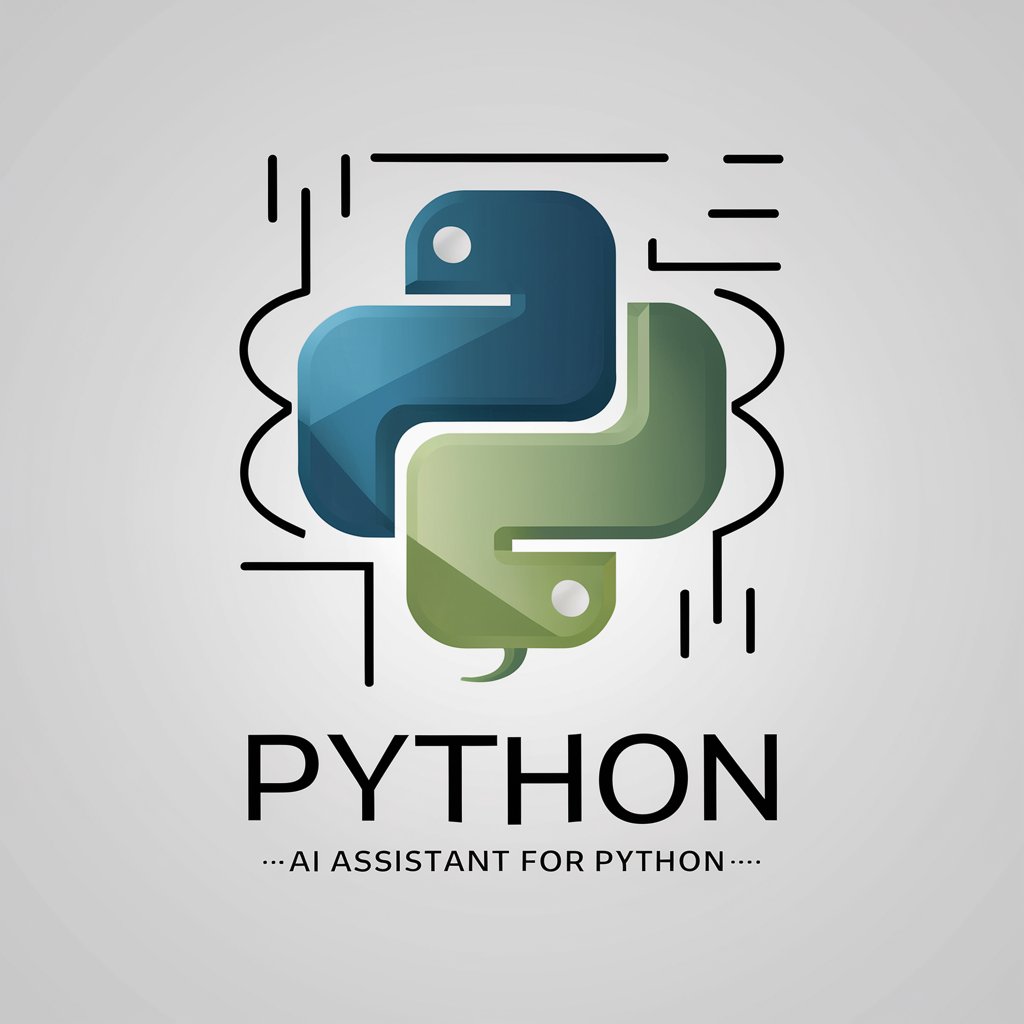
Python
AI-Driven Python Scripting
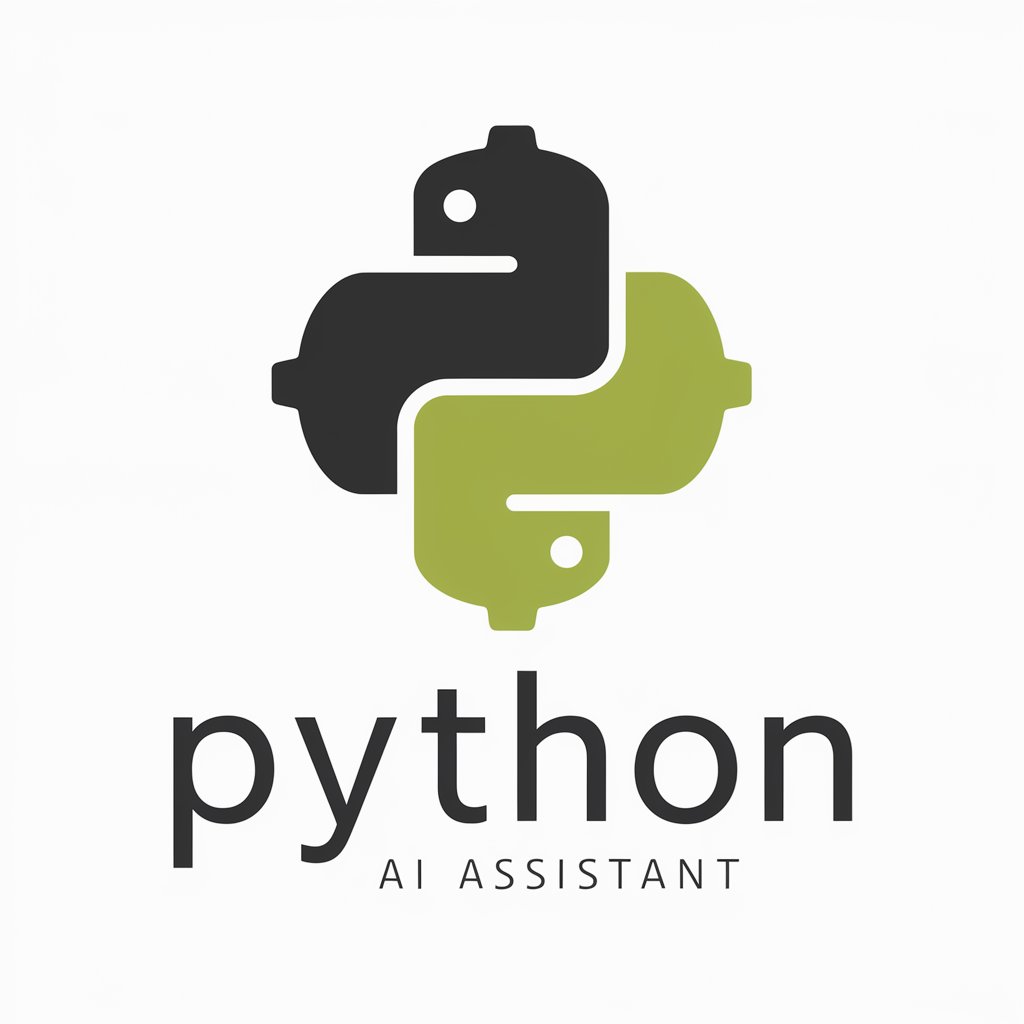
python
Empowering Coders with AI
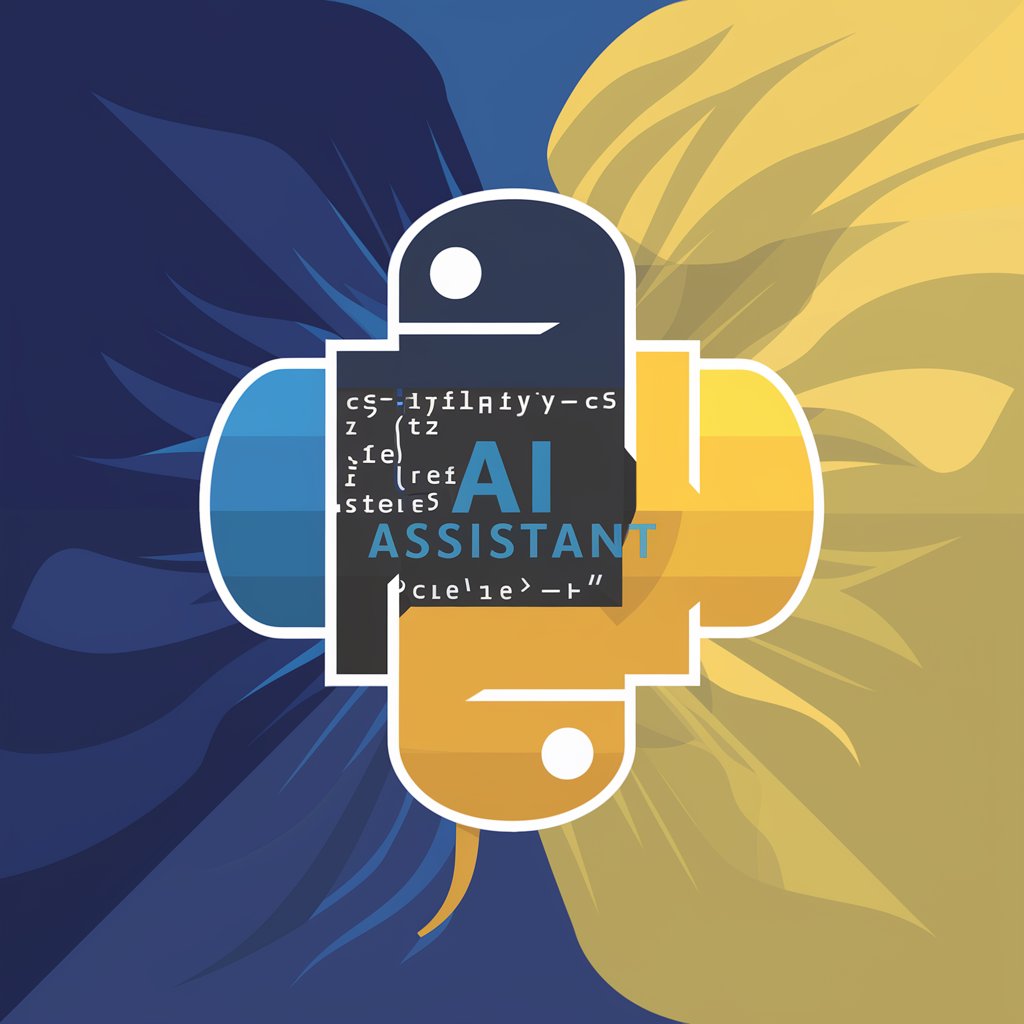
就職面接の隠れた嘘を暴け。性悪人事部長の採用圧迫面接体験ゾーン
Train to Uncover Interview Deceit with AI

文章大师
Elevate Your Writing with AI
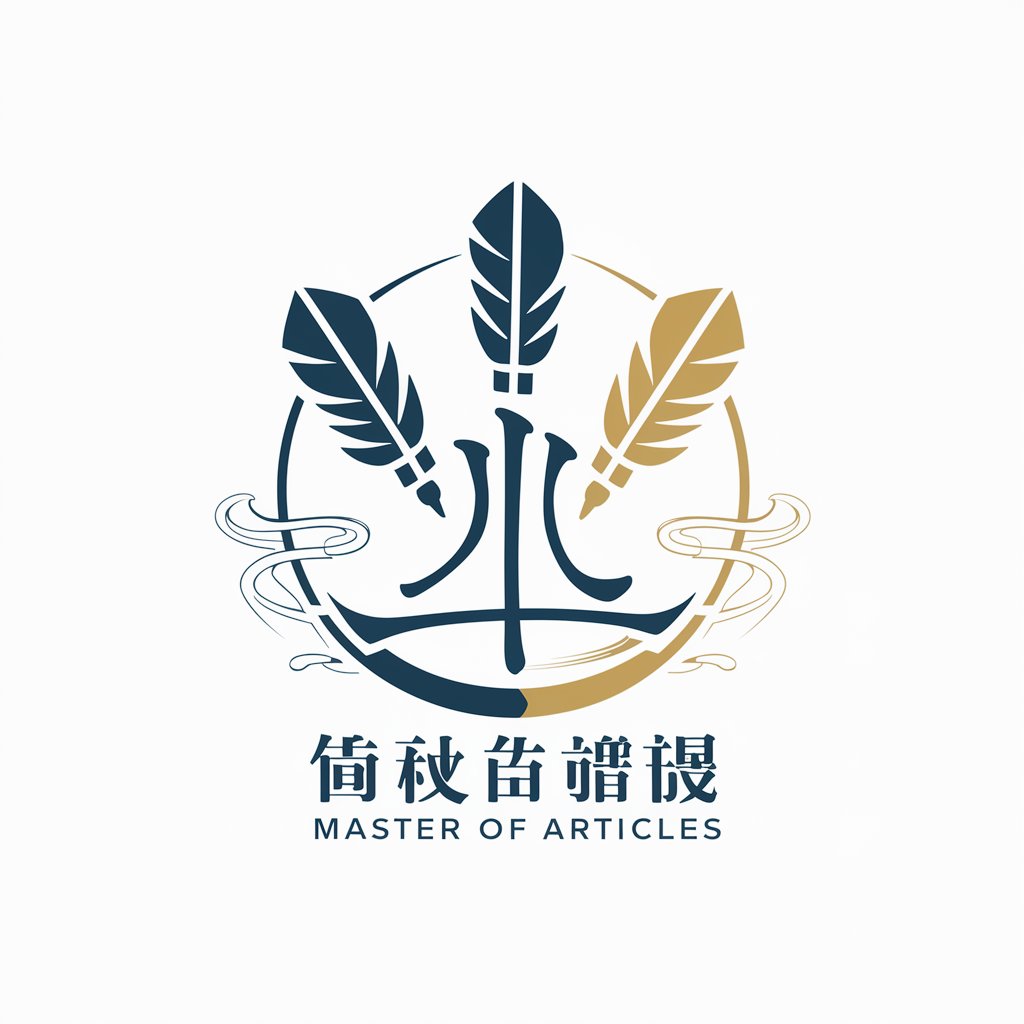
故宮文物導賞
Discover art and history with AI
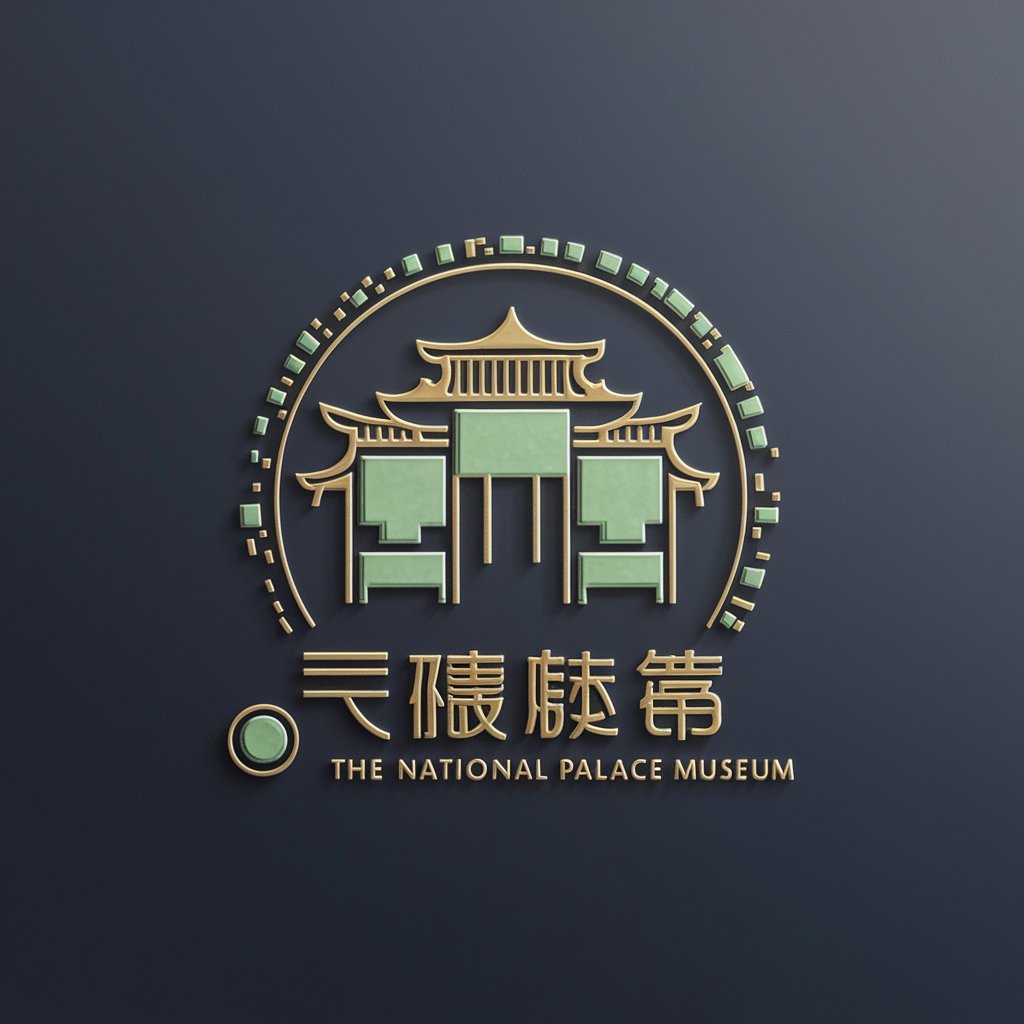
Python
Empower Your Code with AI
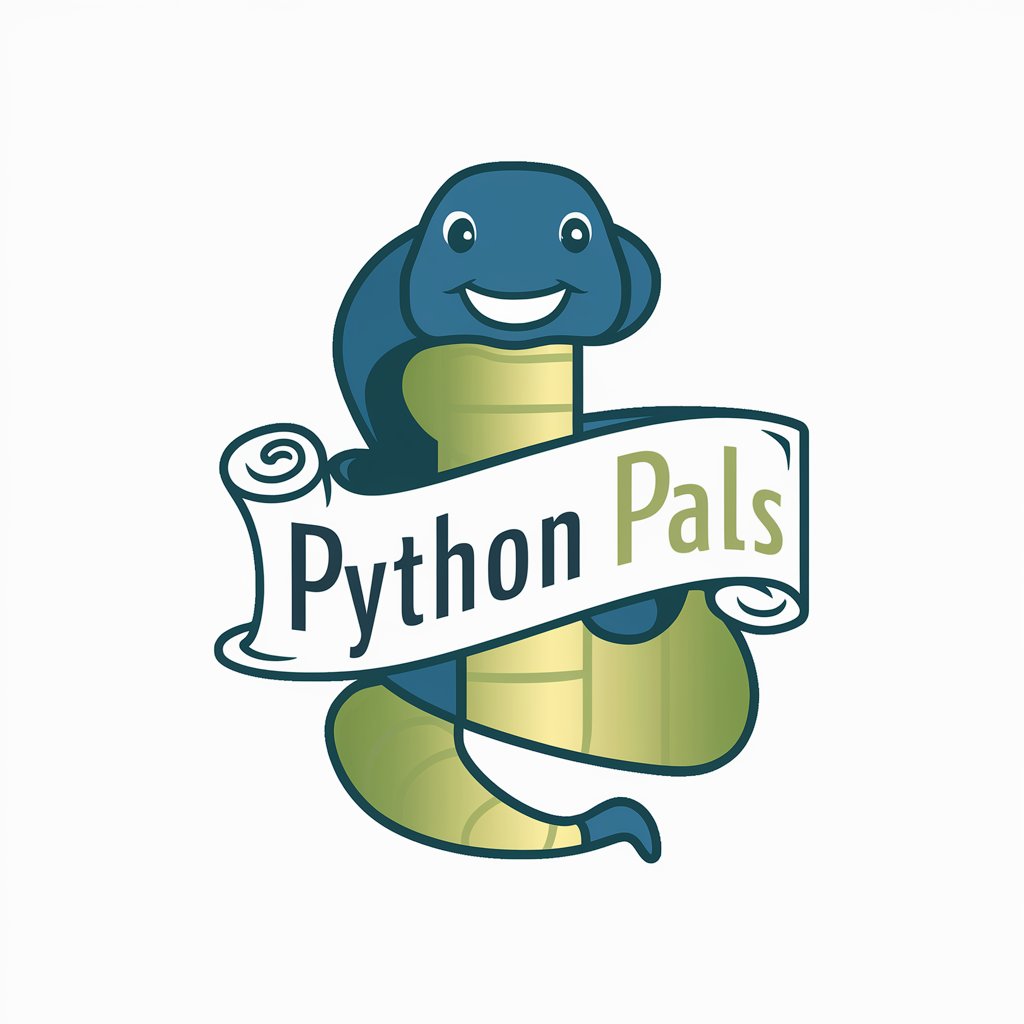
Python
Enhancing coding with AI assistance
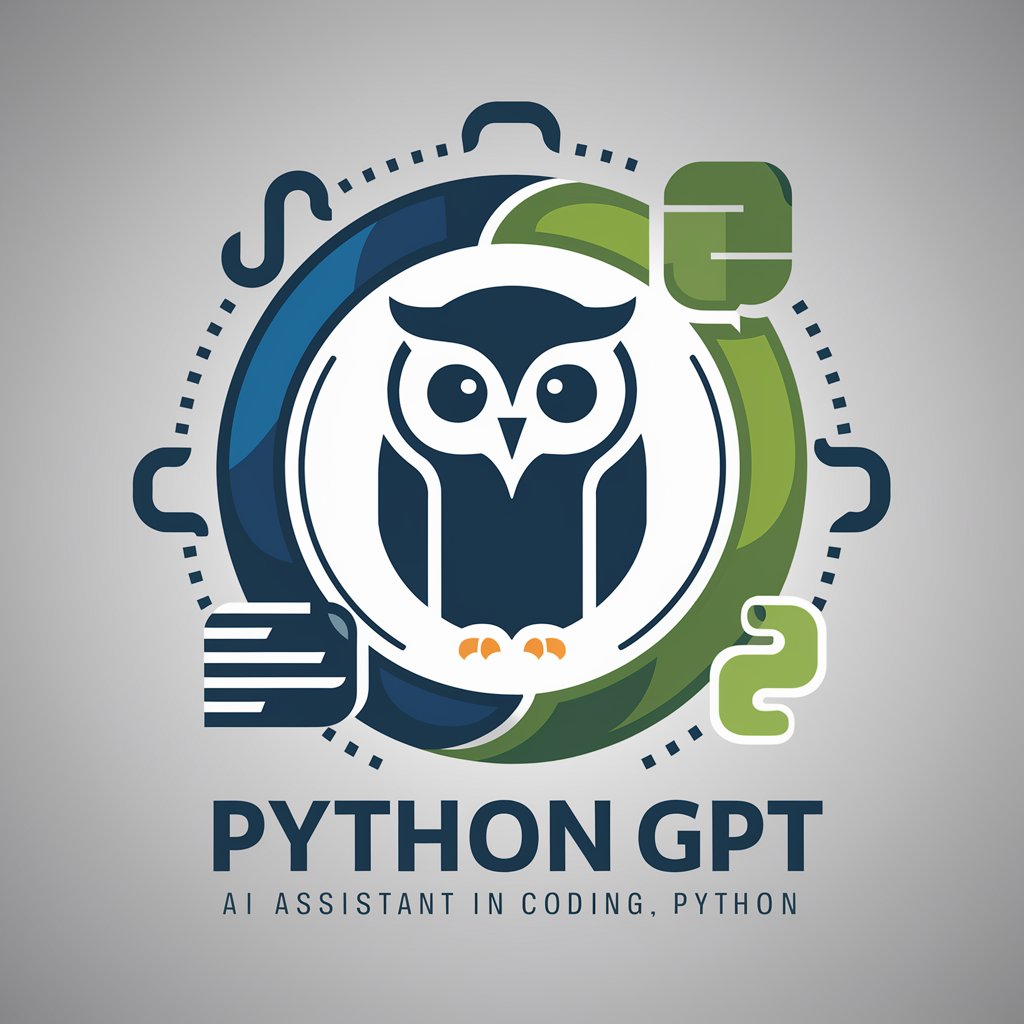
Python
Unlock the Power of Python with AI
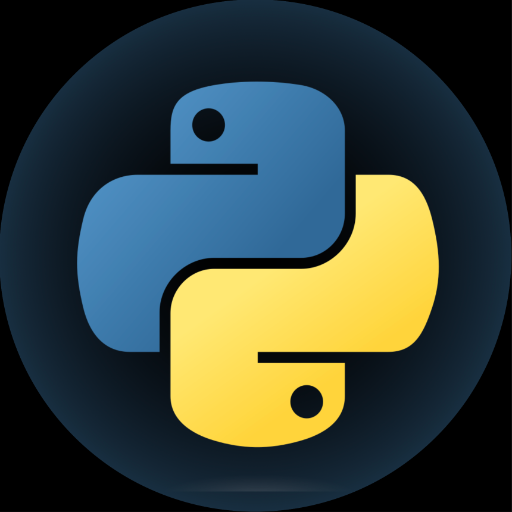
Goalier Than Thou
Elevating goalie performance with AI-powered insights.

Faster Than Light Assistant
Optimize your FTL adventures with AI-driven insights
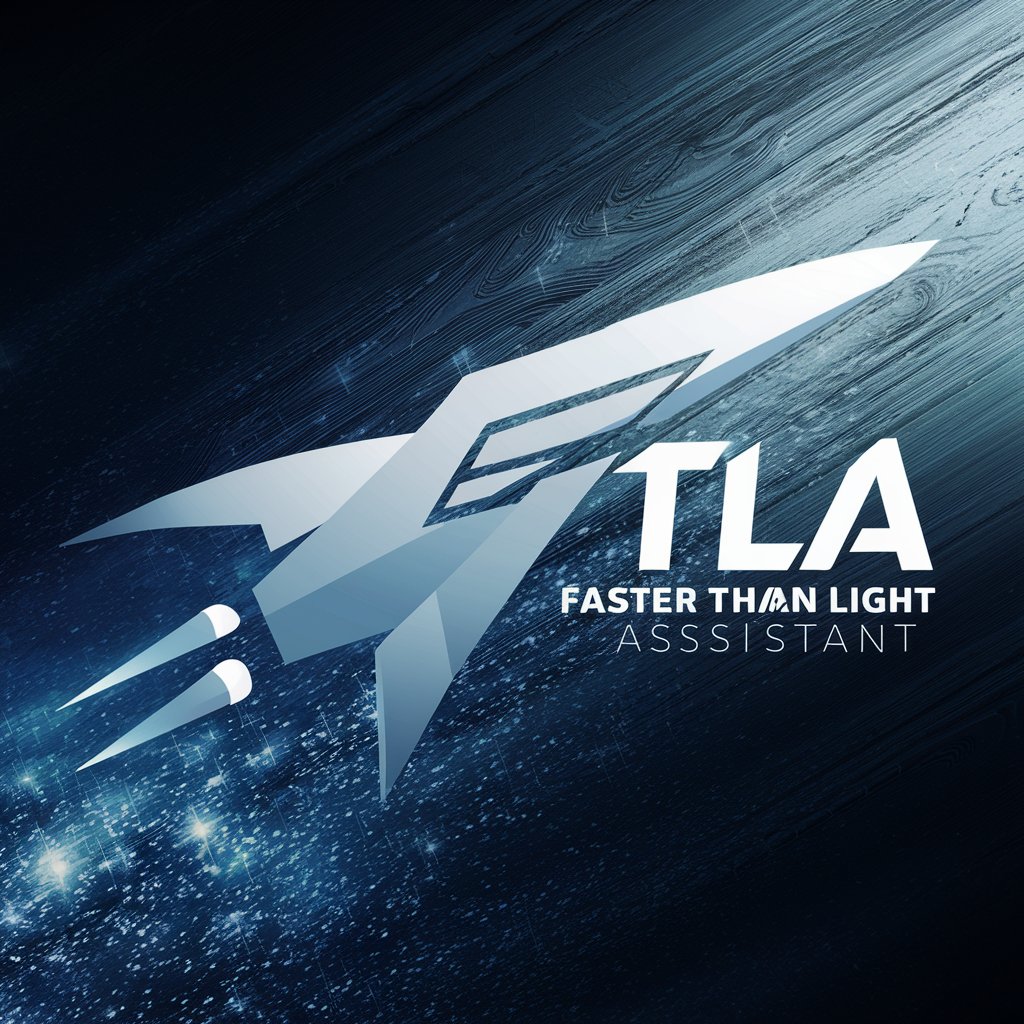
Better than GPT at Coding
Power Your Code with AI
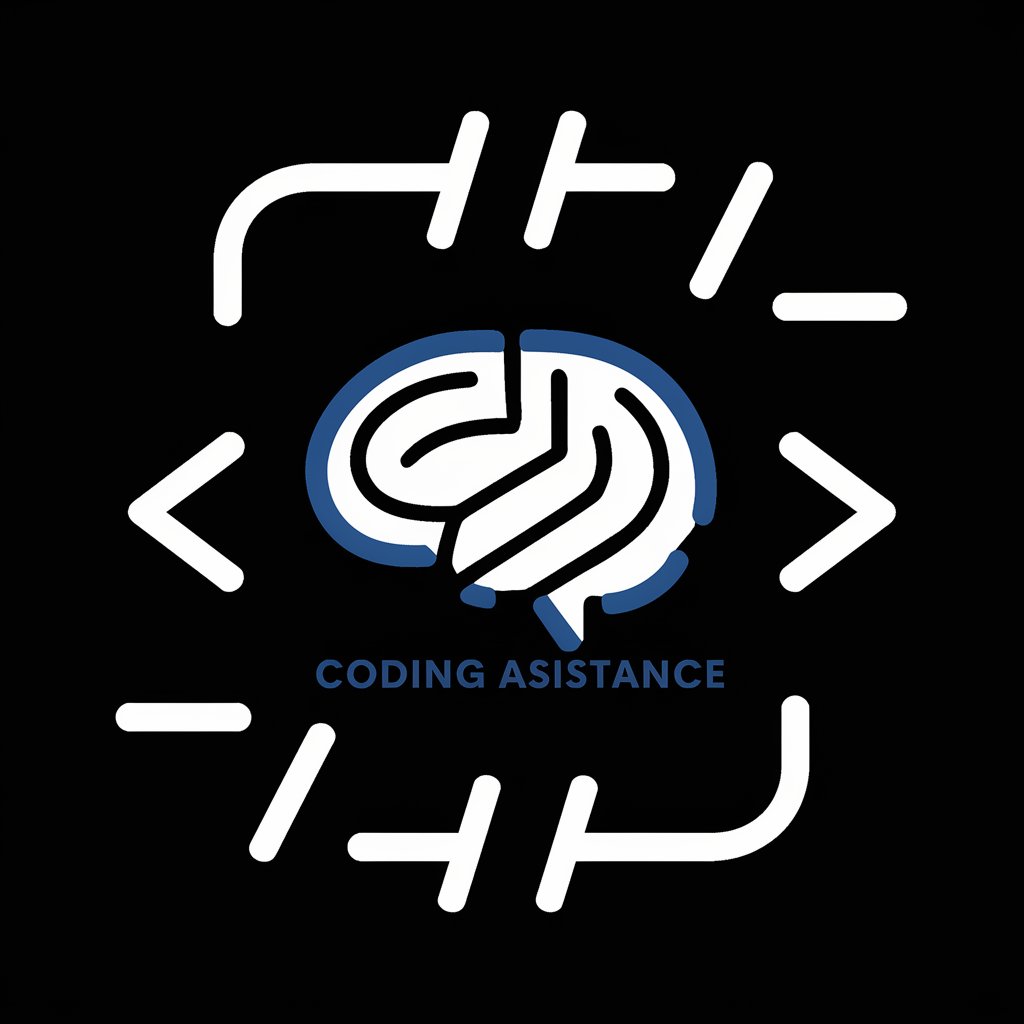
Python Q&A
What is Python best used for?
Python is renowned for its versatility, being widely used in web development, data science, artificial intelligence, automation, and more, thanks to its readability and comprehensive standard library.
How does Python handle data analysis?
Python utilizes powerful libraries like Pandas and NumPy to manipulate, analyze, and visualize data, making it a preferred choice for data scientists and analysts.
Can Python be used for web development?
Yes, Python can be used for web development. Frameworks like Django and Flask allow for the development of robust web applications, managing everything from database operations to server-side logic.
Is Python suitable for beginners?
Python is highly recommended for beginners due to its simple and straightforward syntax, making it accessible for people new to programming.
How does Python integrate with other languages?
Python can interoperate with other languages through various methods, including using libraries like ctypes for C integration, Jython for Java, and IronPython for .NET languages, facilitating a wide range of application uses.
